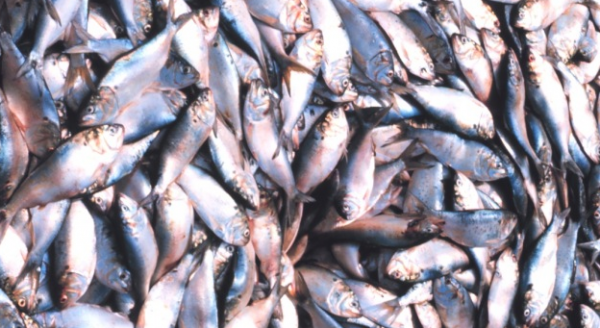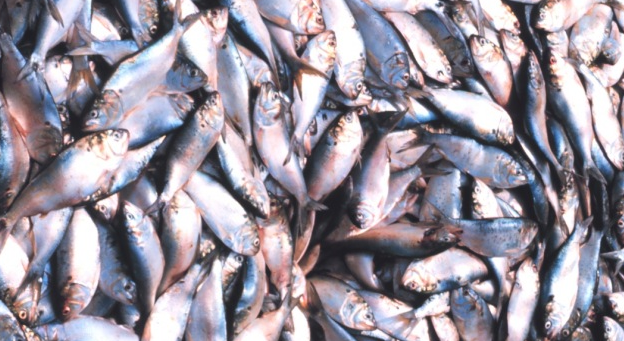By Tony Friedrich for Fissues.org
[dropcap]S[/dropcap]everal of weeks ago, the Atlantic States Marine Fisheries Commission, received a letter from John Bull, Virginia ASMFC commissioner stating,
“Virginia hereby appeals the decision of the Atlantic Menhaden Management Board (the “Board”) to set the coast-wide total allowable catch (“TAC”) for menhaden at 216,000 metric tons for the 2018 and 2019 fishing seasons and to adopt certain portions of Amendment 3 to the Atlantic Menhaden Fishery Management Plan (“FMP”). Specifically, Virginia challenges the decision to allocate the TAC in a way that results in an unanticipated and unfair reduction in Virginia’s allowable menhaden landings and the decision to lower the Chesapeake Bay Reduction Fishery Cap (the “Bay Cap”) despite the lack of supporting scientific information. Taken together, these decisions, which are unnecessary for the conservation of the fishery, impose severe and unfair adverse economic impacts on Virginia and prevent it from sharing in the benefits of the increased TAC.”

Photo NOAA
In summary, Virginia is contesting the menhaden decision on three levels
First, Virginia claimed the historical landings period was not adequately addressed. Meaning, the fixed minimum allocation ignores the historical landings in setting the minimum. Second, Virginia states that there were unforeseen circumstances and impacts because ASMFC included new jurisdictions with a minimum of .5% of the overall quota. Finally, Virginia believes that there was an incorrect application of technical information. This area focuses on the Bay Cap.
The Bay Cap is the amount of menhaden that can be harvested within the Chesapeake Bay. Omega has been averaging about 51,000mt per year within the confines of the Chesapeake. We can’t be sure though. There’s a little-known regulation called “The Rule of Three’s”. That means that there must be three entities pursing the species for them to report at a certain level. If there aren’t three entities, reporting is less stringent.
On January 17, ASMFC responded to Virginia’s appeal. They disagreed with the first two positions
First, ASMFC feels that the allocation is already heavily in favor of Virginia. They are the only state left on the East Coast that allows a reduction fishery for menhaden. Virginia already gets 80% of the quota. ASMFC feels, and rightly so, that other states would have far better footing to say allocation isn’t fair.
The second position of historical landings was also rejected. Virginia was looking for more quota. ASMFC proved that 94% of the decision making came from landings based on 2009-2011. The total allowable catch aren’t required to be based solely on historical landings information.
The third position regarding the bay cap was a different story
For people living outside of the area, perspective is needed. The final numbers aren’t in for 2017. Virginia is projected to land 372,443,990 lbs of menhaden. Let that sink in for a moment. If you are a menhaden, you must swim through Virginia if you want to go to the Maryland portion of the Chesapeake. So, what do you think that does on a local level? Is it possible that removing almost 400 million pounds of a keystone species per year could be bad for predators?
For years, we have tried to prove that the reduction fishery creates localized depletion of menhaden in Maryland. You would think this would be a slam dunk argument. Apparently, it isn’t. The Bay Cap was set at 51,000 mt because that was the best guess of the average amount of menhaden removed by Virginia. So, the cap wasn’t a reduction at all. It just set a limit based on an average yearly catch.


